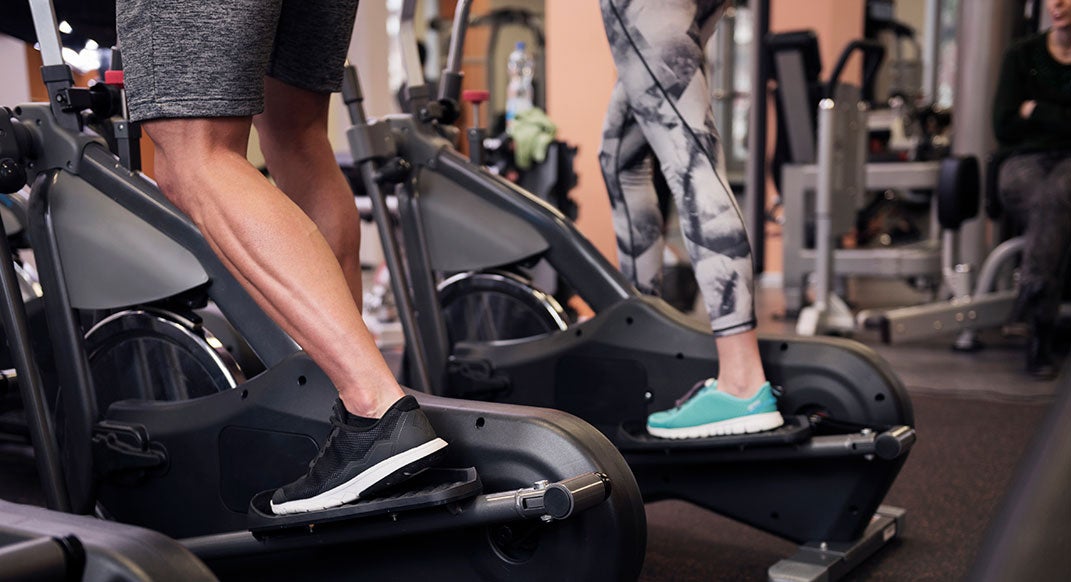Ask the Coach: Train for Running While Injured

How should I train for running when injured?
—Hannah Briggs, Pasadena, CA
At the end of 2014, after placing second at the Western States 100, Larisa Dannis fractured her fibula. She wanted to keep her legs and lungs strong, but initially couldn’t do activities like the elliptical or stair climber, which stressed the injured area.
So she hopped on a stationary bike and got to work. Nearly every day, she pedaled for an hour at a cadence similar to running. She mixed in short higher-resistance intervals every other day, and a longer tempo every week. After six weeks, she added elliptical sessions and treadmill hikes. Throughout the process, she worked on her imbalances with core exercises and free weights. With that combination of aerobic and muscular strength, she rebounded to finish third at the competitive North Face 50 Mile in 2015.
Injuries are almost inevitable for serious runners, but, like Larisa, think of the time off as a blessing in disguise—a chance to build strength that will help you once everything is healed. Use high-cadence cycling—or swimming for hip or quad injuries—to develop aerobically, and core work and lifting for dynamic strength. Once the injury heals enough to bear weight, add low-impact aerobic training for more running-specific strength.
David Roche is a two-time USATF trail national champion, the 2014 U.S. Sub-Ultra Trail Runner of the Year and a member of Nike Trail Elite and Team Clif Bar. He works with runners of all abilities through his coaching service, Some Work, All Play. Follow David’s daily training on Strava here, and follow him on Twitter here.
This article originally appeared in our July 2016 issue.